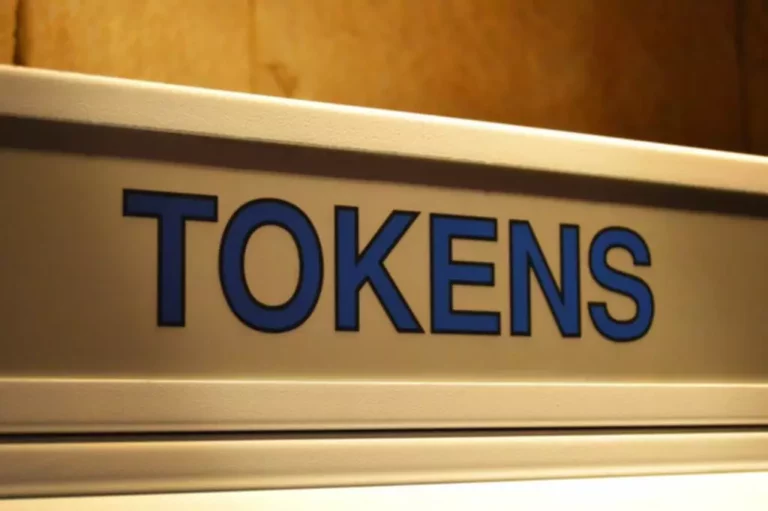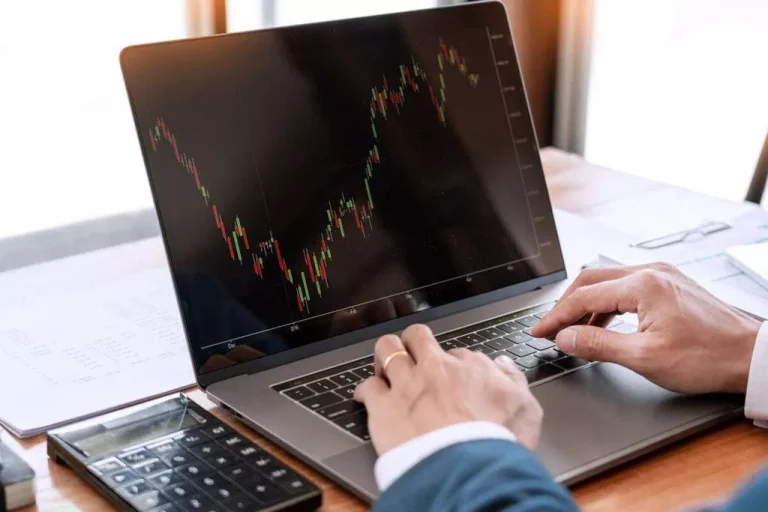Additionally, SushiSwap’s use of sensible contracts ensures that trades are executed quickly and effectively with out the necessity for a centralized middleman. Its token, SUSHI, is earned via liquidity mining and may additionally be used for voting on governance proposals. DeFi (Decentralized Finance) has been a sizzling matter in current times, with its promise of democratizing and improving the traditional financial system via peer-to-peer trading. However, while DeFi has brought about many inventions and alternatives, it additionally faces challenges, corresponding to low liquidity and excessive price negotiation costs due to using good contracts.

Liquidity providers (LPs) are customers who deposit tokens in DeFi sensible contracts in order that their crypto property can be utilized for trading, borrowing, or lending by different customers. One of the first advantages of AMMs is their ability to provide steady liquidity. Liquidity pools make certain that there are all the time property available for trading, regardless of the time or market situations.
What Are Liquidity Pools And Liquidity Providers?
Curve Finance executed a $2.5 million sUSD-USDC commerce that cost less than $2 in gasoline fees. 5 years of expertise in crypto research of writing practical blockchain and crypto analysis on Medium. For example, when a person needs to swap token A for token B, the first step is to change token A into the middleman token T, then swap token T for token B. Despite their present hurdles, the rising acceptance of crypto fee processors indicates a blossoming future for the crypto area.
WhiteSwap’s method to decentralized buying and selling and liquidity provision illustrates the revolutionary capabilities of AMMs within the DeFi area. Its governance model, incentivization methods, and focus on cross-blockchain operability highlight the evolving nature of AMMs in catering to diverse wants throughout the cryptocurrency ecosystem. In other words, the value of an asset on the point of executing a commerce shifts considerably earlier than the trade is completed. Hence, exchanges should make sure that transactions are executed instantaneously to reduce value slippages. When Uniswap launched in 2018, it turned the first decentralized platform to efficiently utilize an automated market maker (AMM) system. In his initial post advocating for automated or on-chain cash markets, Vitalik Buterin underlined that AMMs shouldn’t be the only choice for decentralized trade.
Risks With First-generation Amms
When a liquidity provider wishes to exit from a pool, they redeem their LP token and obtain their share of transaction fees. AMMs are a type of decentralized trade (DEX) that utilize algorithmic “money robots” to make it simple for impartial merchants to purchase and sell crypto belongings. Users commerce immediately via the AMM somewhat than with different individuals, as they might with a daily order book.

In a straight demand curve, the substitution fee between two items stays fixed. From point O to level P, and from P to Q, as B decreases and A will increase, the substitution price between B and A stays unchanged because the slope of the demand curve doesn’t change. Whether it’s straight or curved, the demand curve always tilts in direction of the lower proper.
Amm Transaction Process
Finally, it transfers the specified quantity of Ethereum from the pool to the customer’s wallet. As per the method, if the provision of 1 token (x) will increase, the supply of the other token (y) should lower, and vice versa, to uphold the constant value (k). Although AMM DEXs like Uniswap, Curve Finance, and PancakeSwap dominate today’s DeFi ecosystem, there are a few potential concerns about over-reliance on AMM algorithms. Currently, this mode supports market orders only, with fees relevant to every trade.
An automated market maker (AMM) is the underlying protocol that powers all decentralized exchanges (DEXs), DEXs assist users trade cryptocurrencies by connecting users instantly, without an middleman. Simply put, automated market makers are autonomous trading mechanisms that eliminate the necessity for centralized exchanges and related market-making strategies. Also aiming to increase liquidity on its protocol, DODO is utilizing a model generally recognized as a proactive market maker (PMM) that mimics the human market-making behaviors of a standard central limit order guide. Ultimately, this facilitates more environment friendly trading and reduces the impairment loss for liquidity providers. Meanwhile, market makers on order e-book exchanges can management precisely the worth points at which they wish to buy and sell tokens.
Smart contracts „automate“ trading on AMM DEXs, but these programs do not magically create cash for users to trade. AMM DEXs have to incentivize folks to add liquidity to their protocols for users to trade. However, as an alternative of working exclusively with centralized trading corporations or merchants, DEXs let any crypto trader become a liquidity provider (LP) by contributing digital property to the protocol. An automated market maker (AMM) is an autonomous protocol that decentralized crypto exchanges (DEXs) use to facilitate crypto trades on a blockchain. Instead of trading with a counterparty, AMMs enable users to commerce their digital belongings in opposition to liquidity stored in good contracts, known as liquidity swimming pools. Traditional exchanges depend on liquidity from their very own reserves or from a person market maker to execute orders.
AMM is a mannequin that is artificially outlined but closer to financial rules. And the ratio of B’ to A’, precisely represents the ratio of the portions of token B to token A within the liquidity pool at level P. The single worth of the pool (trading pair) is outlined algorithmically using a deterministic algorithm using the pool’s liquidity.
Constant sum market makers (CSMMs) are an AMM variant that use the sum of two tokens as the basis, not like CPMM which uses the product. This is how an AMM transaction works and likewise the way an AMM acts as both liquidity supplier and pricing system. Due to the versatility of AMMs, some of the hottest DEXs like Curve, Uniswap, and Bancor use an identical mechanism to operate. Now that you know how liquidity swimming pools work, let’s perceive amm model the character of pricing algorithms. Lastly, defective good contracts still represent an unknown danger, but it is to be anticipated that this threat will also lower in the coming years as the experience of builders and customers enhance. The strategy of incomes rewards by providing liquidity can also be called liquidity mining or yield farming.

This change can result in a state of affairs the place the value of the tokens at withdrawal is lower than if the LP had simply held onto the tokens. Other risks embrace sensible contract vulnerabilities and changes within the overall liquidity of the pool. The AMM mannequin was an implemented proposal to resolve the liquidity ache level, which until late 2018 had bogged down DEX adoption in Ethereum. An AMM is sort of a bot for quoting costs at any price a person might need to swap two tokens for. Decentralized exchanges have evolved to place an end to troubles related to centralized exchanges. Think of hacks, compelled KYCs, account registration restrictions, custody of personal keys, and all things shouting anti-crypto.
Related Articles
A slippage risk in AMMs refers again to the potential change within the price of an asset between the time a commerce order is submitted and when it is truly executed. Large trades relative to the pool measurement can have a big impression, inflicting the ultimate execution value to deviate from the market value from when the trade was initiated. To put it another way, impermanent loss is the opportunity value that LPs take on by providing liquidity as a substitute of just holding their digital property.

In some instances, you probably can then deposit – or “stake” – this token into a separate lending protocol and earn additional curiosity. A liquidity pool refers to a digital pool of crypto belongings present inside a smart contract on a blockchain. These pools typically have two tokens, however in some instances, they might have more than two tokens. A conventional market maker is a person or an institution that gives liquidity to a market by placing both purchase and promote orders on a trading platform using an order guide. This market-making permits other market members to freely purchase and promote securities/digital property at truthful prices. With over 2.2 million customers, PancakeSwap is the most important AMM on Binance Smart Chain.
When a user needs to commerce on the decentralized trading platform, they interact immediately with the AMM, swapping one token for an additional at a worth determined by the liquidity pool’s algorithm. The result’s a hyperbola (blue line) that returns a linear exchange rate for giant elements of the worth curve and exponential costs when change rates close to the outer bounds. Earn mode permits merchants to behave as market makers by offering liquidity to the vAMM pool.
What Is An Automatic Market Maker?
Through the exploration of real-world case research, similar to Uniswap and Balancer, we’ve seen the challenges and improvements which have shaped the current landscape of AMMs. These examples highlight the importance of adaptability, user-centric design, and the continual pursuit of improvement to beat obstacles like impermanent loss and optimize gas effectivity. These case studies highlight the importance of adaptability, innovation, and user-centric design within the success of AMM platforms.
Users trade towards the smart contract (pooled assets) versus directly with a counterparty as so as e-book exchanges. If an AMM doesn’t have a enough liquidity pool, it could create a big price influence when traders purchase and promote belongings on the DeFi AMM, resulting in capital inefficiency and impermanent loss. To incentivize liquidity providers https://www.xcritical.com/ to deposit their crypto property to the protocol, AMMs reward them with a fraction of the fees generated on the AMM, normally distributed as LP tokens. The follow of depositing belongings to earn rewards is recognized as yield farming. Automated market makers (AMMs) are a kind of algorithm built on blockchain know-how that automates the process of executing trades on decentralized exchanges.